How -- and Why -- to Invest in Brazil
Look beyond the multinational giants and follow the Brazilians to where they spend their rapidly increasing paychecks.

I always carry some Brazilian currency in my wallet as a memento of my annual trips to see family in São Paulo. I especially relish dining in São Paulo, one of the world’s great cities for eating and drinking. Oh, how I love feijoada, a tasty stew of meat, rice and beans that most Brazilians eat twice a week, and hot pães de queijo and other salgados, or savory snacks. And there’s no better mixed drink than a caipirinha, especially if it’s made with small-batch artisan cachaça and frutas vermelhas. Shopping in São Paulo is superb, too, though the bargains aren’t as great as they were a few years ago.
The same can be said of Brazil’s stocks, many of which have doubled and tripled since the world’s markets pulled themselves out of the quicksand two years ago. Brazilian shares sit midway between cheap and expensive today, based on indicators such as price-earnings ratio and price to book value (assets minus liabilities). But some analysts, citing the flood of opportunistic money that’s been pouring into virtually all emerging nations, say developing-markets stocks are set to stumble. If so, Brazilian shares could suffer a nasty correction.
Put aside that kind of trader-oriented, short-term mentality. I can definitely make a case for investing in selected Brazilian enterprises for the long haul. In a generation, Brazil has matured. Once a badly governed, inflation-prone economy dependent on coffee and mining, it is now a smooth-running democracy that’s a force in agribusiness, finance and manufacturing and worthy of hosting the 2016 summer Olympics. Year-to-date through September, Brazil exported $145 billion worth of products -- mostly meats, processed foods, soybeans, aircraft, electrical goods, computers and computer parts, plus the standbys of coffee and iron ore. This is a mix you rarely see from what used to be called the Third World. The country runs a large trade surplus, but the figure is shrinking because Brazilians are splurging on imported consumer goods, including Asian-made electronics and U.S. medical technology.
From just $107.88 $24.99 for Kiplinger Personal Finance
Be a smarter, better informed investor.

Sign up for Kiplinger’s Free Newsletters
Profit and prosper with the best of expert advice on investing, taxes, retirement, personal finance and more - straight to your e-mail.
Profit and prosper with the best of expert advice - straight to your e-mail.
Brazilians demonstrated their contentment in October by electing Dilma Rousseff as the country’s new president. She is the hand-picked successor to outgoing two-term president Luiz Inácio Lula da Silva, who left office with an amazing 80% approval rating. So there shouldn't be any significant changes in the nation's economic policies.
One reason Brazilians can afford to spend is that their currency, the real, is robust. As of November 18, one real (the plural is reais; the symbol is R$) bought 58 U.S. cents. In 2009, a real bought 50 cents; in 2002, the exchange rate was one real for 25 cents. Wages and salaries are rising in reais and exploding in the equivalent of dollars, so Brazilian consumers have more purchasing power than they ever imagined. With the government having conquered the monetary instability and inflation of the 1990s, banks are willing to extend long-term mortgages, car loans and credit cards. Real estate values are growing but have not yet boiled over.
The same is true for the investment markets. Measured by market capitalization (share price times shares outstanding), the five biggest Brazilian companies are worth $568 billion, roughly the same as ExxonMobil (symbol XOM) and Google (GOOG) combined. The most-followed Brazilian index, the 65-stock Bovespa, has returned an annualized 17.5% over the past five years, although it’s up only 1.6% so far in 2010. Petrobras (PBR), the national oil company, and Vale (VALE), a mining conglomerate, account for one-fourth of the index.
Petrobras and Vale are global institutions that are scarcely tied to domestic Brazilian prosperity. So what really interests me, and should be your focus, is the other 75% of the Brazilian market -- the companies that serve and benefit from the surging everyday economy. Real gross domestic product will be growing at a rate of 7% as 2010 comes to an end, compared with less than 3% in the U.S. Forecasters say Brazil should grow 4% to 5% in 2011, again compared with less than 3% in the U.S.
As always, there are risks. Excessive real estate speculation could ultimately result in a bust. And government overspending could lead to a return of inflation, a nightmare that every generation of Brazilians had suffered until this decade. That would undermine the country’s investment-grade bond rating and hammer the real’s exchange rate, leading to a big drop in the value of Brazilian stocks and bonds.
On the plus side, Brazil is developing a financial-and-investing culture it never had before. Eight years ago, the country had only 80,000 individual stock investors. Now there are 630,000. And these investors may help support the market when foreign investors turn tail. Eduardo Vilar Bonaldi, a graduate student at the University of São Paulo, is writing a dissertation on the behavior of individual Brazilian investors, based on interviews with men and women from their twenties to their sixties who are enrolled in investment courses given by the Bovespa, the Portuguese initials for the São Paulo stock exchange. “My interviews strongly suggest that a considerable part of Brazilian individual investors plan to hold their stocks for a long time,” Bonaldi wrote to me via e-mail.
Six Investment Ideas
There’s nothing wrong with buying shares of Petrobras or Vale. But to ride Brazil’s consumer express, you should target domestically oriented businesses. For example, Bonaldi likes Gol (GOL, $16.90 as of the November 18 close), an airline that mimics U.S.-based Southwest Airlines (LUV) with its low fares and a route system that focuses on flights within Brazil. (Disclosure: I own 250 shares of Gol, which is indeed airborne; its price has quadrupled since late 2008 but, at $17, still sells for less than half of its peak price, reached in 2006.) An efficient, nationwide airline is precisely the kind of business that should prosper in such a vast country (nearly as large as the U.S.), where the hinterlands are striving to catch up economically with São Paulo and other richer coastal states. (Gol, incidentally, is a goal in soccer. If you thought I could write about Brazil without mentioning the national obsession, you owe me a caipirinha).
Gol and the five other companies below trade in the U.S. as American depositary receipts. All offer English translations of their financial information on their Web sites. Go to “relacoes com investidores” and you’ll find the link to click on for English (ingles). In addition, the Bovespa offers almost everything on its site in English.
Brasil Foods (BRFS, $14.76) is the product of a 2009 merger of two of the country’s main food companies. It is Brazil’s leading meatpacker and provider of processed, brand-name foods. Its market share is 50% or more in such high-profit lines as lunch meats, frozen pizzas and frozen dinners -- convenience products that appeal to the growing number of Brazilians who earn more and spend more time commuting to and from work. Brasil Foods is also a major exporter of meat to Asia, Russia and the Middle East.
Companhia Brasileira de Distribucao (CBD, $40.69) owns the premier national supermarket chain, Pão de Açúcar (which stocks loads of Brasil Foods’ brands, among other things); Extra hypermarkets (gigantic combinations of department and food stores); Ponto Frio, an electronics and appliance retailer; and, soon, Ponto Frio’s rival big-box discounter, Casas Bahia. Think of Distribucao as sort of a combination of Target and Best Buy, with a little Safeway thrown in.
Gafisa (GFA, $15.55) is a 65-year-old developer that builds homes in 23 of Brazil’s 26 states. Its products range from apartments that start at 50,000 reais -- a price that teachers and police officers can afford -- to villas that cost ten times more. Gafisa also offers mortgages. Revenues have grown at an annual rate of 60% over the past five years. Gafisa has much more cash than debt outstanding, a comfort for real estate companies no matter their location.
Itaú Unibanco Holding (ITUB, $24.69) seems to have branches on every corner in every town and city in Brazil, and its logo appears to be on half the towers in São Paulo’s financial district. South America’s biggest banking company, Itaúalso operates in Chile, Uruguay and Argentina, as well as in Europe. What makes Itaú especially inviting is that retail banking and lending is nowhere near a mature business in Brazil, where home mortgages are a novelty and checking accounts still rare.
Sabesp (SBS, $48.59), as the company is known in Portuguese shorthand, is São Paulo’s water utility. The state of São Paulo owns half the stock, and public investors own the other half. Sanitation is a growth industry in Brazil because of rapid real estate development. Plus, the government is committed to bringing basic services to poor communities. Sabesp’s earnings have tripled over the past five years, and the company pays a generous dividend, which varies from quarter to quarter. Based on the last four payouts, the stock yields 4.7%.
Of course, you can invest in mutual funds or closed-end funds that focus on Brazil. But such funds are usually top heavy with Petrobras and Vale. It’s easy enough to invest in the goliaths directly. One intriguing choice is Global X Brazil Mid-Cap ETF (BRAZ), an exchange-traded fund established in June. As you might guess from its name, it owns neither Petrobras nor Vale. Its 41 holdings are well spread among utilities, retailers, real estate developers and banks. The fund’s annual expense ratio of 0.69% is reasonable.
Profit and prosper with the best of Kiplinger's advice on investing, taxes, retirement, personal finance and much more. Delivered daily. Enter your email in the box and click Sign Me Up.

Kosnett is the editor of Kiplinger Investing for Income and writes the "Cash in Hand" column for Kiplinger Personal Finance. He is an income-investing expert who covers bonds, real estate investment trusts, oil and gas income deals, dividend stocks and anything else that pays interest and dividends. He joined Kiplinger in 1981 after six years in newspapers, including the Baltimore Sun. He is a 1976 journalism graduate from the Medill School at Northwestern University and completed an executive program at the Carnegie-Mellon University business school in 1978.
-
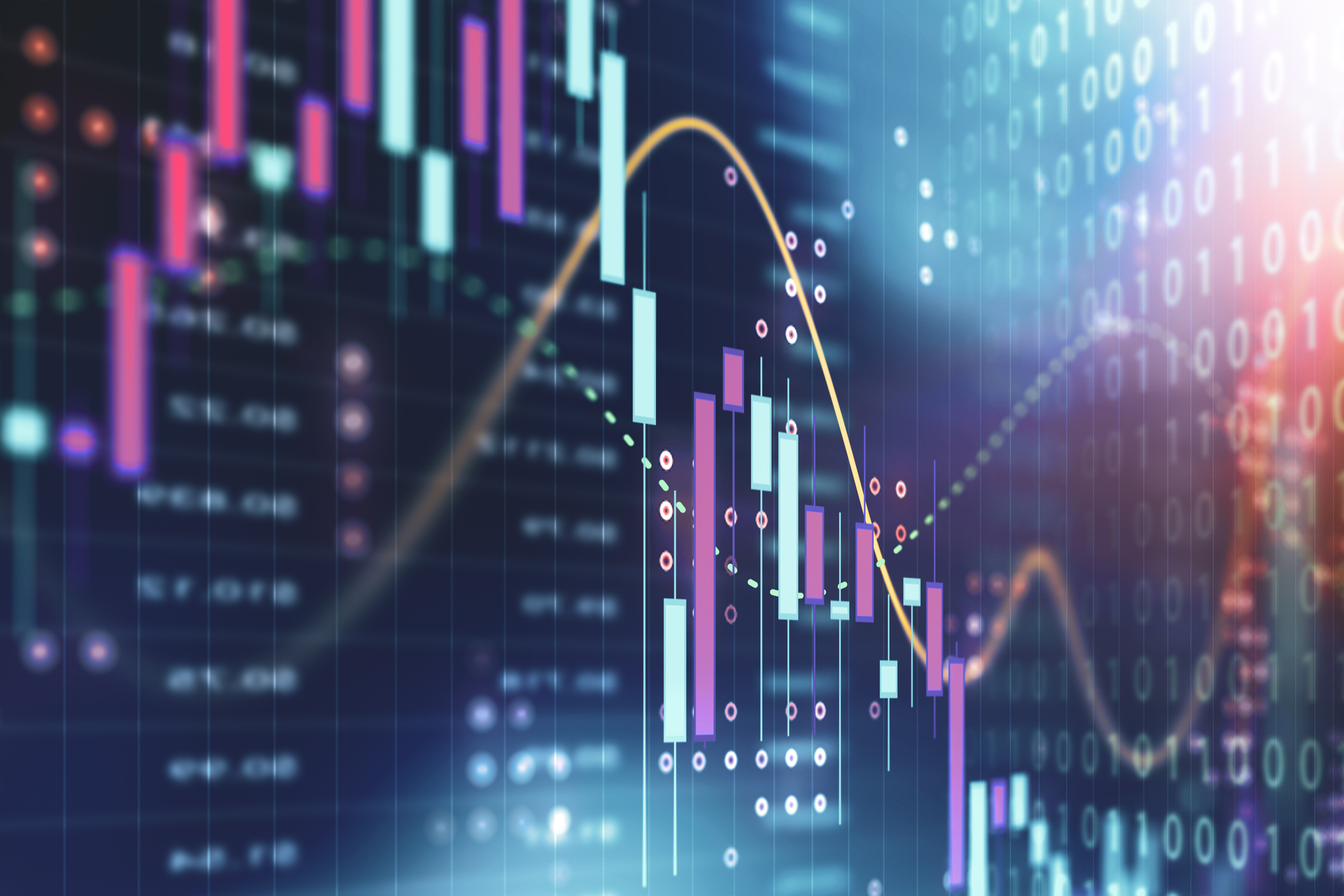 Stocks Bounce But End With Big Weekly Losses: Stock Market Today
Stocks Bounce But End With Big Weekly Losses: Stock Market TodayThe stock market rout continued on Friday, but a late-day burst of buying power brought the main indexes off their session lows.
-
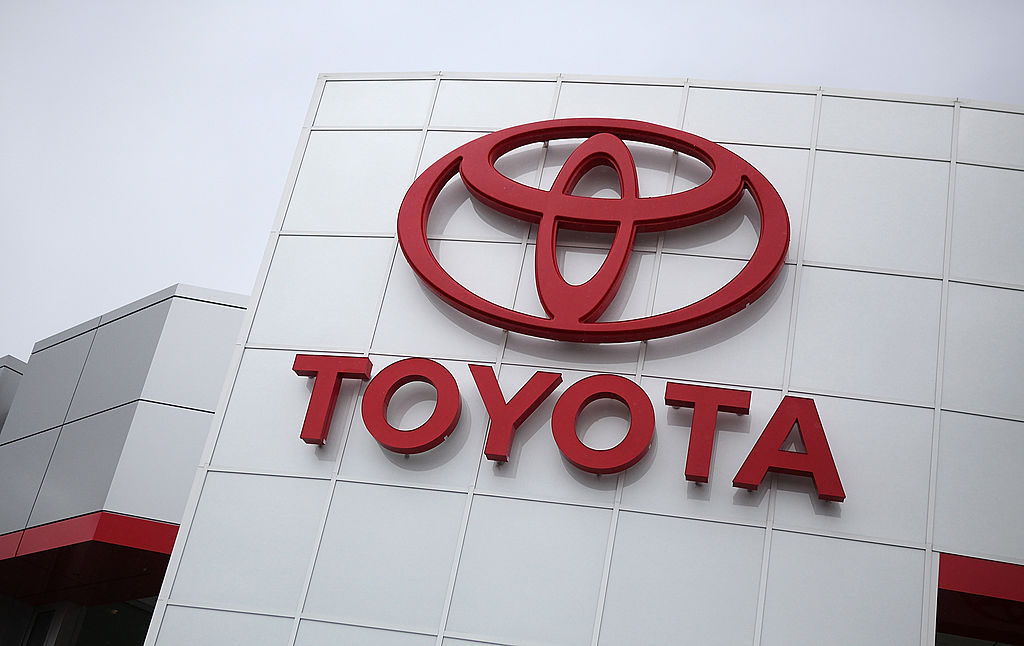 More Than 1 Million Toyota, Lexus and Subaru Vehicles Recalled for Camera Issue. Is Your Vehicle Affected?
More Than 1 Million Toyota, Lexus and Subaru Vehicles Recalled for Camera Issue. Is Your Vehicle Affected?A software glitch in the Panoramic View Monitor system causes blank or frozen rear-camera images, triggering a massive recall of 2022-26 models.
-
 If You'd Put $1,000 Into Home Depot Stock 20 Years Ago, Here's What You'd Have Today
If You'd Put $1,000 Into Home Depot Stock 20 Years Ago, Here's What You'd Have TodayHome Depot stock has been a buy-and-hold banger for truly long-term investors.
-
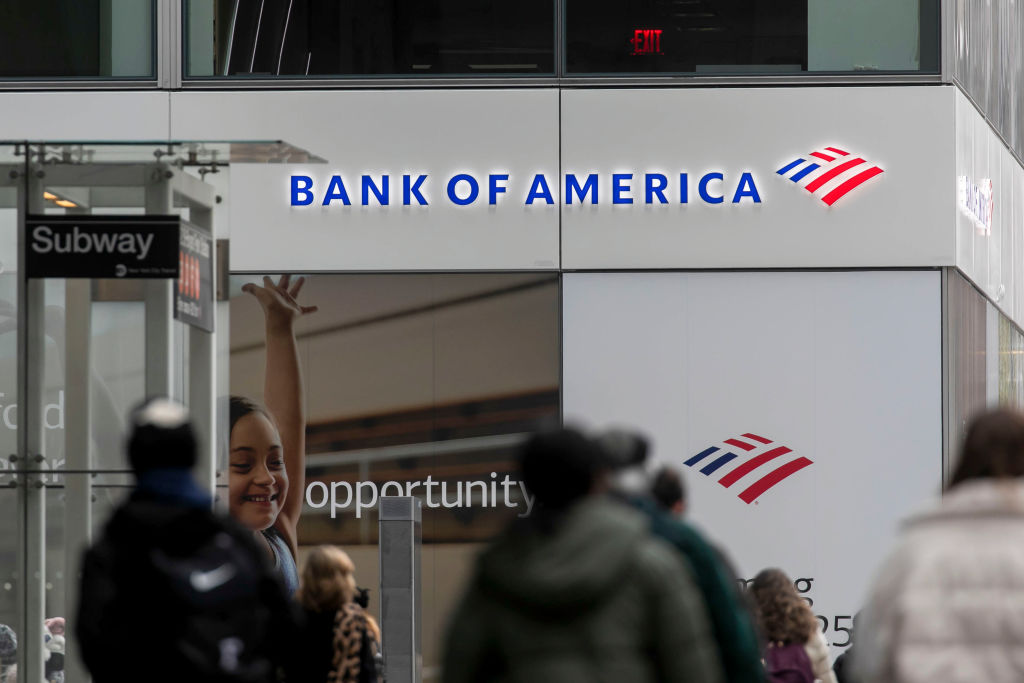 If You'd Put $1,000 Into Bank of America Stock 20 Years Ago, Here's What You'd Have Today
If You'd Put $1,000 Into Bank of America Stock 20 Years Ago, Here's What You'd Have TodayBank of America stock has been a massive buy-and-hold bust.
-
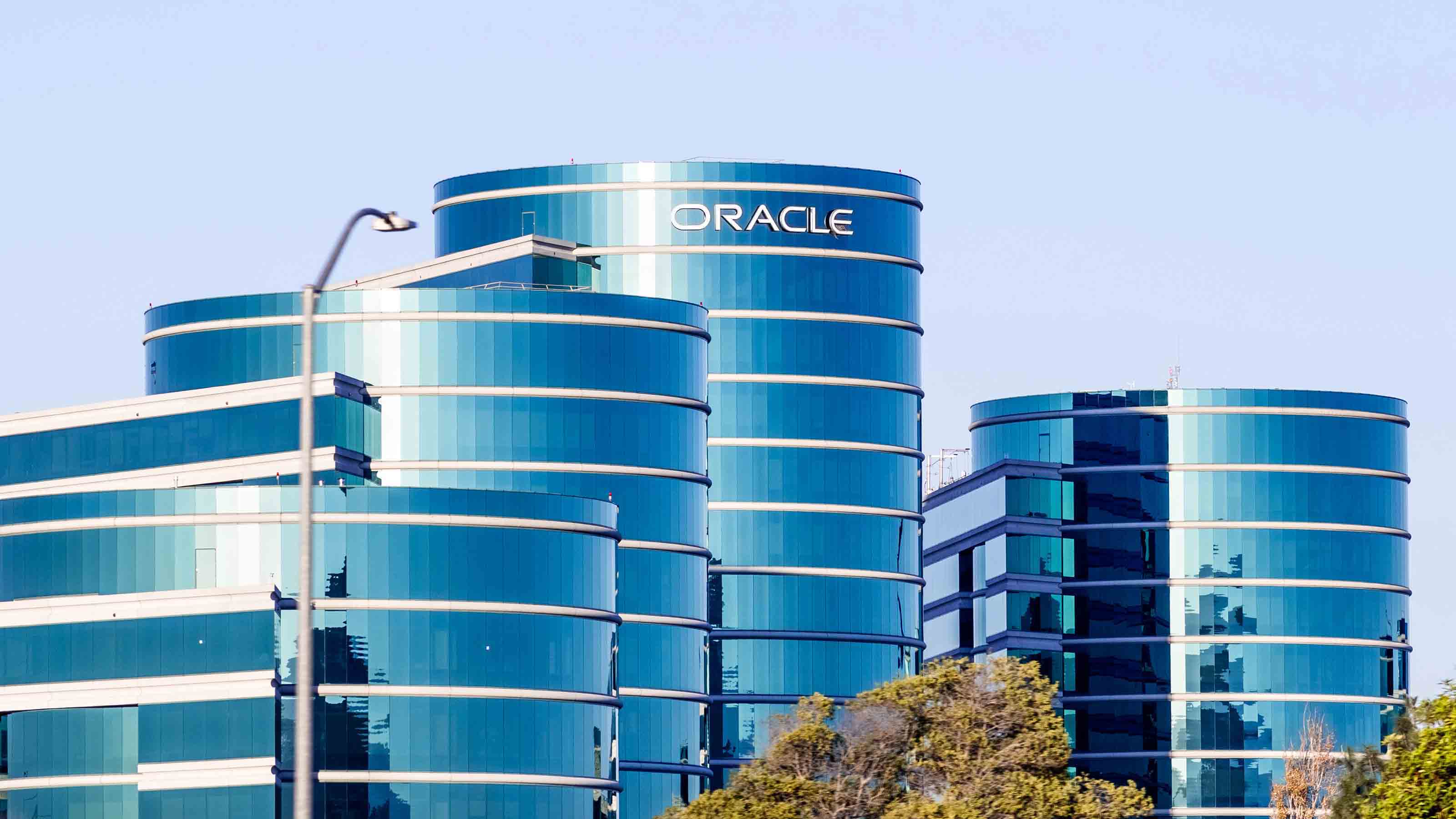
 If You'd Put $1,000 Into Oracle Stock 20 Years Ago, Here's What You'd Have Today
If You'd Put $1,000 Into Oracle Stock 20 Years Ago, Here's What You'd Have TodayORCL Oracle stock has been an outstanding buy-and-hold bet for decades.
-
 If You'd Put $1,000 Into Sherwin-Williams Stock 20 Years Ago, Here's What You'd Have Today
If You'd Put $1,000 Into Sherwin-Williams Stock 20 Years Ago, Here's What You'd Have TodaySherwin-Williams stock has clobbered the broader market by a wide margin for a long time.
-
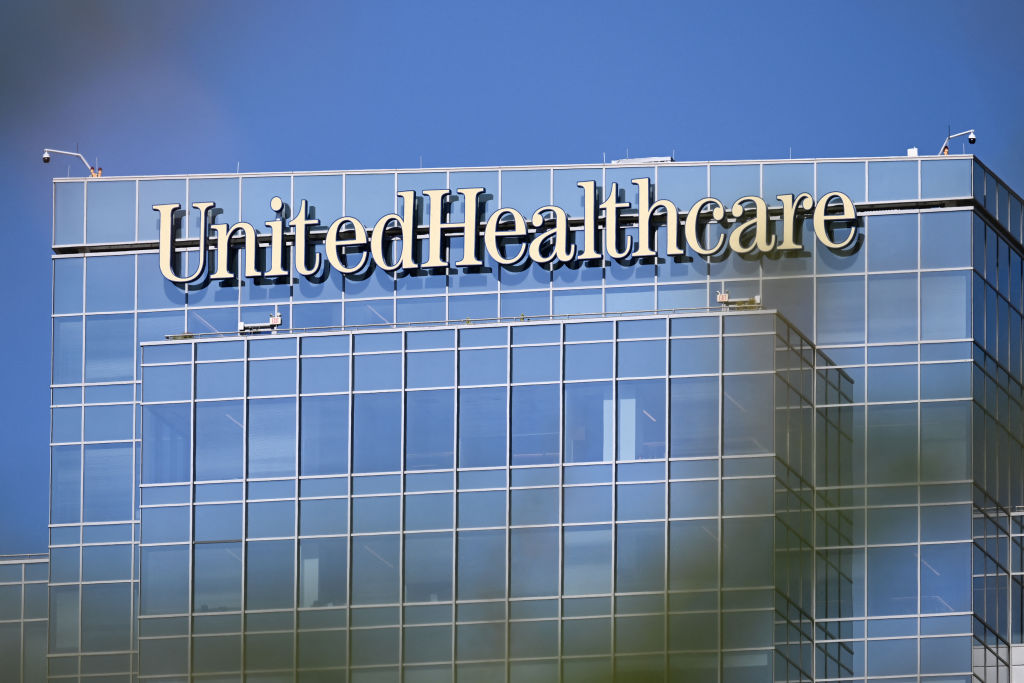 If You'd Put $1,000 Into UnitedHealth Group Stock 20 Years Ago, Here's What You'd Have Today
If You'd Put $1,000 Into UnitedHealth Group Stock 20 Years Ago, Here's What You'd Have TodayUNH stock was a massive market beater for ages — until it wasn't.
-
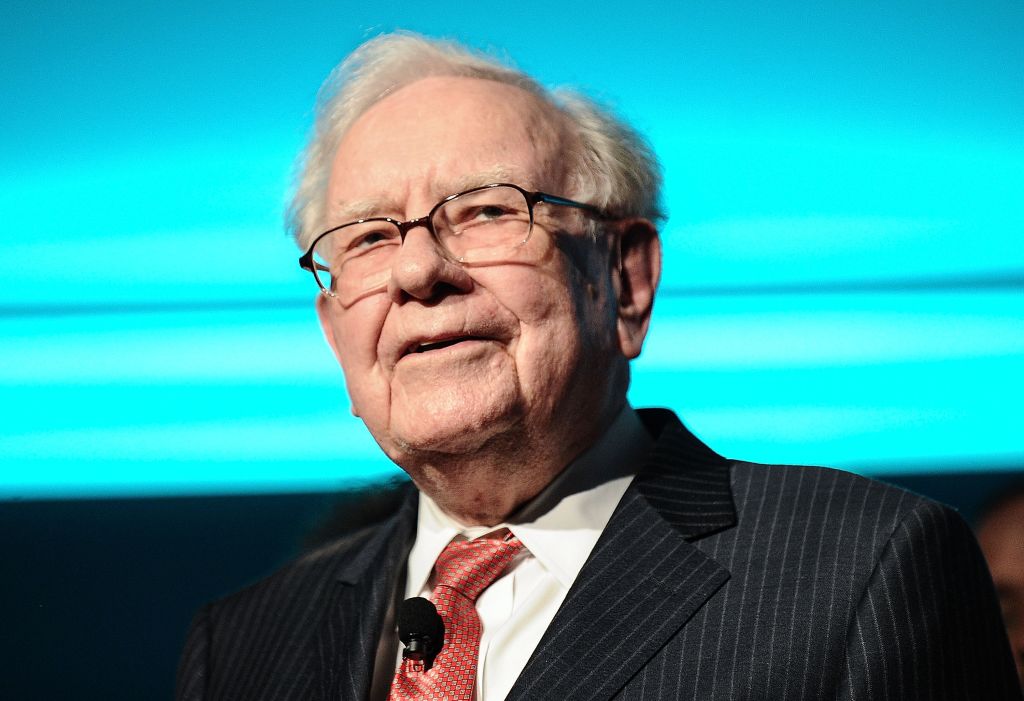 If You'd Put $1,000 Into Berkshire Hathaway Stock 20 Years Ago, Here's What You'd Have Today
If You'd Put $1,000 Into Berkshire Hathaway Stock 20 Years Ago, Here's What You'd Have TodayBerkshire Hathaway is a long-time market beater, but the easy money in BRK.B has already been made.
-
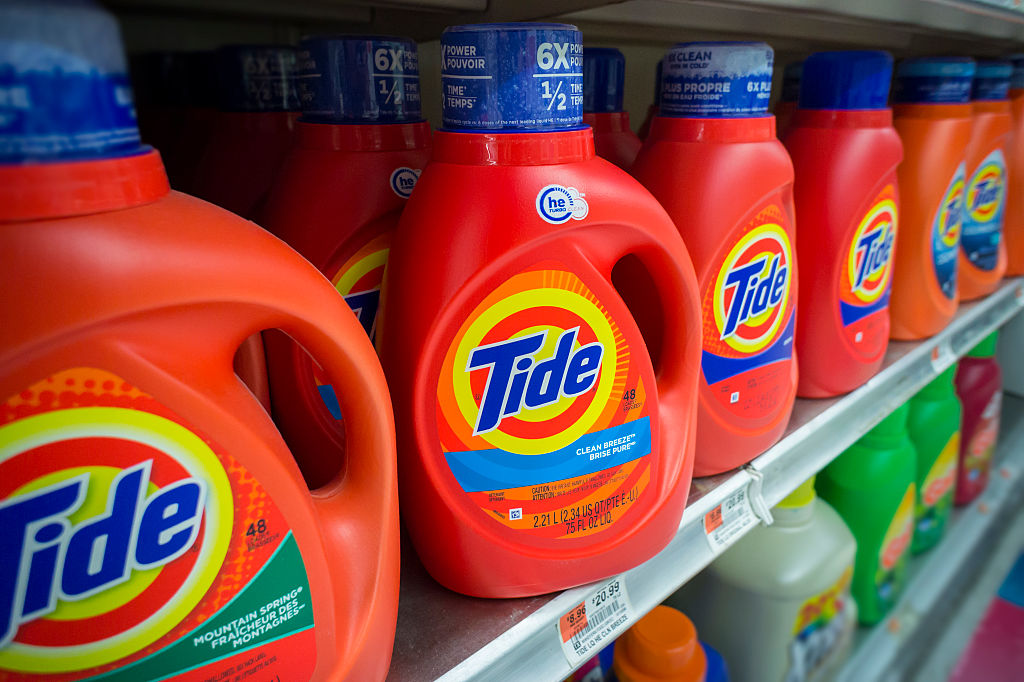 If You'd Put $1,000 Into Procter & Gamble Stock 20 Years Ago, Here's What You'd Have Today
If You'd Put $1,000 Into Procter & Gamble Stock 20 Years Ago, Here's What You'd Have TodayProcter & Gamble stock is a dependable dividend grower, but a disappointing long-term holding.
-
 My Three-Day Rule for Investing: And If it Applies Now
My Three-Day Rule for Investing: And If it Applies NowStock Market I've seen a lot in my career. Here's what I see now in the stock market.